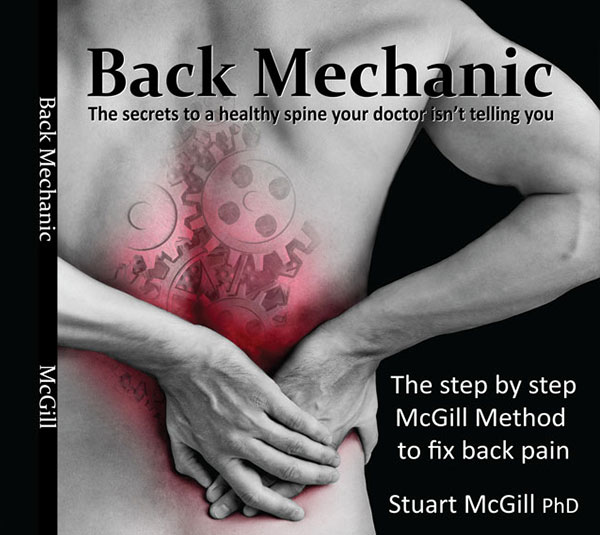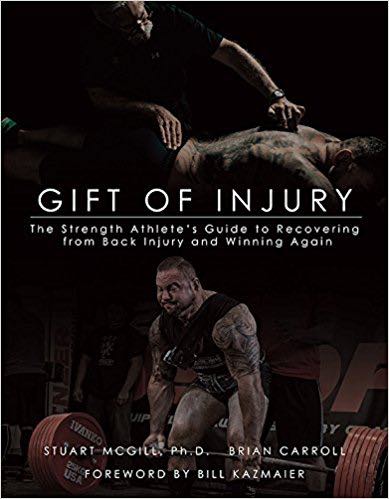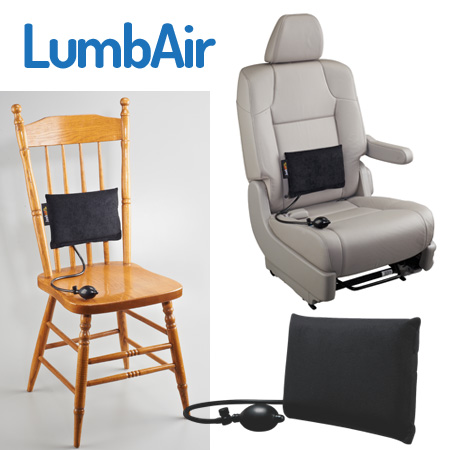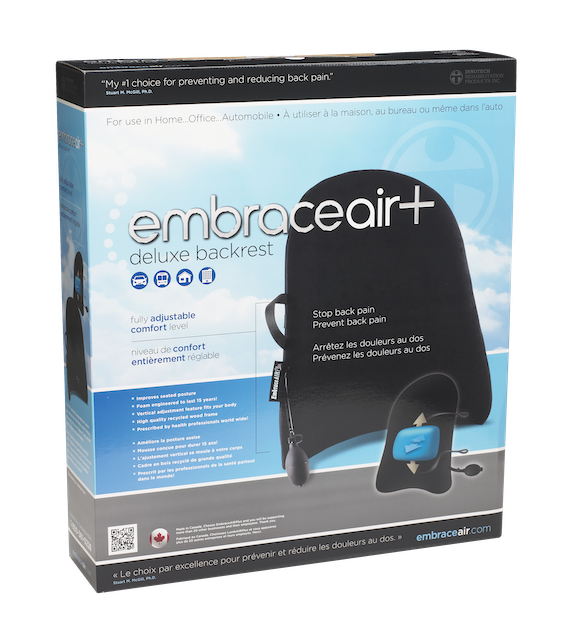20 Aug Understanding the McGill Assessment: Building Resilience, Reducing Pain, and Progressing with Purpose
Article Rundown
- The McGill assessment identifies pain triggers and sets a clear starting point.
- Healing requires progression through pain removal, capacity building, and goal achievement.
- Daily posture and habits often drive pain more than exercise alone.
- MRI scans provide only part of the picture; movement reveals the full story.
The Goal of the McGill Assessment
The McGill assessment isn’t about handing out a cookie-cutter list of exercises. Its true purpose is to identify the root cause of pain, understand your unique injury history, and establish a prognosis for how long recovery might take. From there, we develop a starting point — one tailored to you, not a generalized plan.
As I tell every client I work with, the first goal is always to remove the cause of pain. Only then can we begin building pain-free capacity and, ultimately, progress toward higher levels of function and performance.
The Importance of Setting Realistic Expectations
One of the biggest hurdles in recovery is managing expectations. Too often, people expect that after a handful of sessions they’ll be back to full strength, playing their sport, or living pain-free. But healing isn’t linear — it comes with progressions, setbacks, and adjustments.
The assessment helps clarify not just what you can do today, but what the road ahead may look like. That could mean months of carefully refining posture and movement before returning to higher-level activities. This perspective protects you from disappointment and keeps you motivated by focusing on the small wins that eventually stack up into major milestones.
Everyone Has a Different Starting Point
No two people arrive at the same baseline. Some individuals come in unable to perform even a simple bird dog exercise for months, while others may start with a foundation that includes push-ups, pull-ups, sled drags, and carries. The key is recognizing that the starting point is unique — and that where you begin isn’t where you’re meant to stay.
The path forward is a progression. After removing pain triggers, we build endurance, strength, and resilience in the core — anterior, lateral, and posterior. From there, we expand tissue tolerance and introduce gradually more demanding movements, whether that’s lifting, playing sports, or simply holding a grandchild.
Pain-Free Progress Takes Time
Healing doesn’t happen overnight. If you’ve lived with pain for ten years, it takes time to unwind harmful movement patterns, rebuild capacity, and prepare your body for the demands you want to place on it. Skipping steps or rushing ahead only sets you back.
Phase one is removing the cause of pain.
Phase two is expanding pain-free capacity.
Phase three is applying that capacity to your real-world goals.
For some, that goal might be returning to competitive athletics. For others, it might be as personal as picking up a child or enjoying an active retirement. Whatever the goal, the process requires patience, progression, and a clear plan.
Why Posture and Daily Habits Matter
Often, pain isn’t just about what happens during exercise — it’s about how you move all day long. I see this firsthand when clients arrive for an assessment. From the way they step out of a car, to how they sit in a chair, to how they carry themselves in conversation, many are unknowingly provoking the very pain that keeps them stuck.
Sometimes, simply changing posture or modifying daily habits can relieve pain dramatically. Discs, for example, are dynamic — they change shape depending on the loads, positions, and stresses placed upon them. While an MRI might show a herniation or bulge, those images only reflect one static moment in time, usually lying flat on a table. What truly matters is how the spine behaves during real-world movement.
MRI: Part of the Picture, Not the Whole Story
Too often, people view MRI results as the definitive answer. But an MRI is taken while you lie motionless on your back — a position that may not cause pain at all. It doesn’t capture what happens when you stand, twist, bend, or extend under load.
That’s why the McGill assessment goes beyond imaging. By watching how you move, where pain emerges, and what positions relieve it, we gain insight into the dynamic reality of your injury. This functional perspective is what guides us in tailoring a program that not only addresses symptoms but also removes the underlying cause.
No Cookie-Cutter Programs
One of the biggest misconceptions is that everyone should follow the same set of exercises to heal. In reality, there is no one-size-fits-all solution. Each program is individualized, built from the ground up based on assessment findings, personal goals, and tolerance.
The process is about meeting you where you are, removing pain triggers, and then steadily building capacity and resilience so you can reclaim the life and performance you want.











Sorry, the comment form is closed at this time.